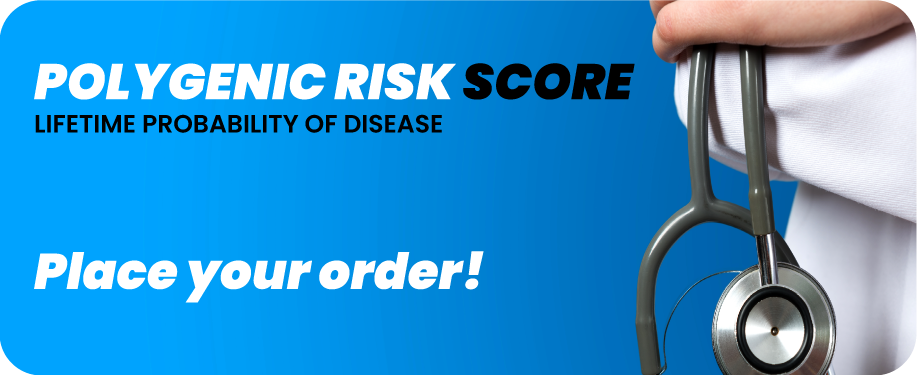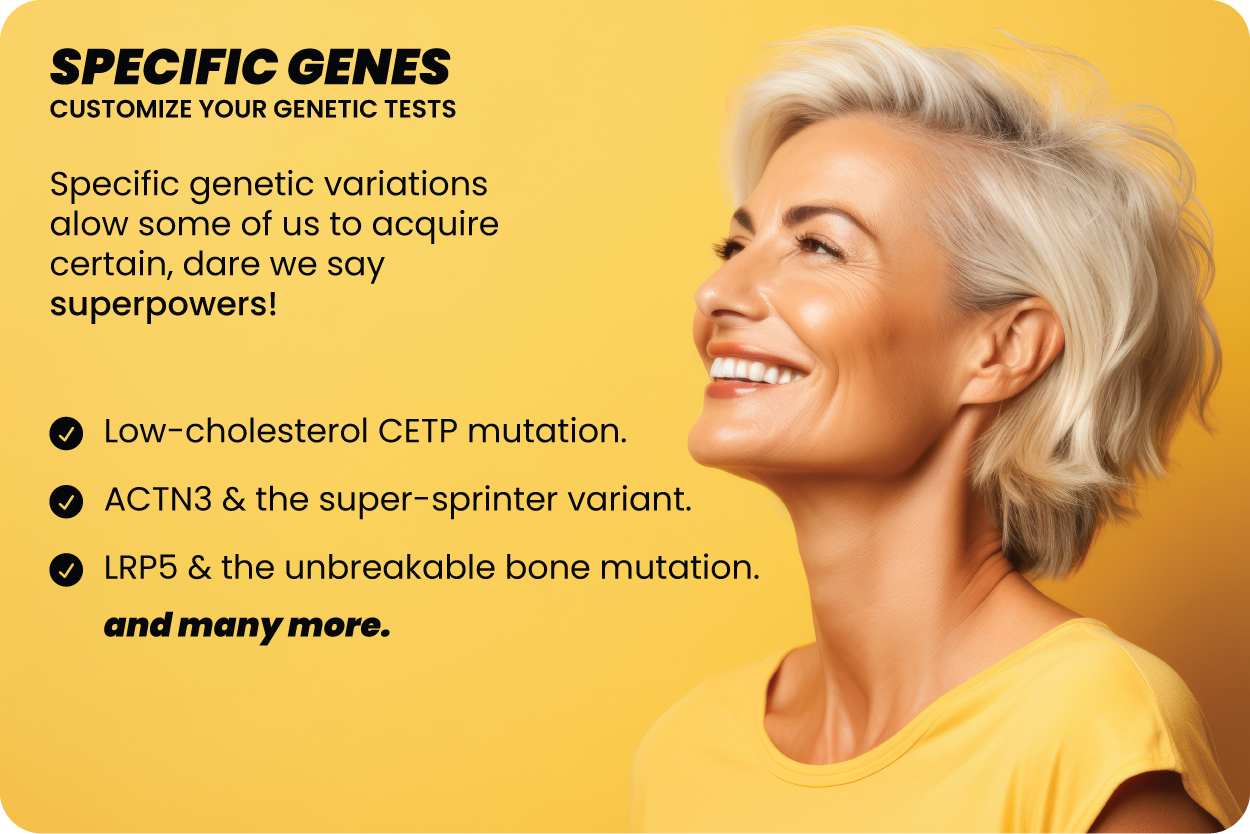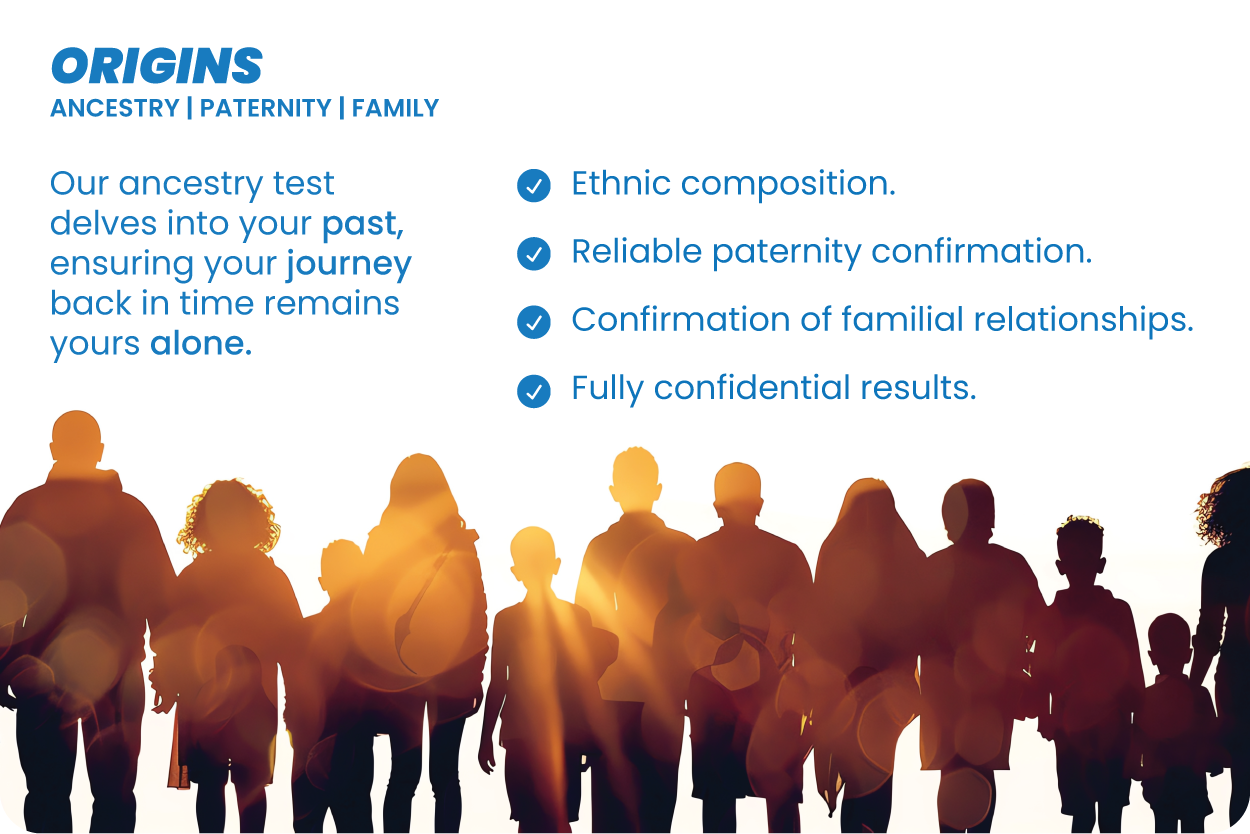Our dynamic Polygenic Risk Score (PRS) will help you discover:
Where you need to focus self-improvement
When to Start Routine Screenings
Your Risk of Developing 15 Common Diseases
Order your DNA test through our website. Your kit will arrive in 2-4 business days.
1.Place your Order
2. Complete Your Sample
Provide a simple cheek swab in the comfort of your home. Send it back to us in the pre-paid mailer.
Your DNA will be analyzed in our state-of-the-art, CAP/CLIA accredited laboratory.
3. Analyze Your Sample
In about 2 weeks your results will be available exclusively on the Milo Care Plus app.
4. Receive Your DNA Report
Go Beyond Traditional Risk Factors
A polygenic risk score (PRS) measures the component of disease risk from many genetic variants spread throughout the genome. Lifetime risk of disease is calculated by comparing the tested individual’s PRS to a reference population of the same ancestry.
Dynamic DNA’s clinical-grade PRS reports are backed by the latest science and have been developed to present concise, clear and actionable information on disease risk. By communicating both relative and absolute risk of disease together with recommendations on how to mitigate risk, Dynamic DNA’s reports empower physicians and patients by providing the essential context to genetic risk.
-
PRS provides actionable information in the form of screening age recommendations. Every woman’s breast cancer risk increases with age. In the chart below, a woman with an average PRS is represented by the blue line, while the orange line is the tested individual. The screening threshold (red line) represents the 10 year risk that an average woman reaches at age 50 when mammography typically starts. In this example, the tested woman reaches the same risk about 24 years earlier.
































